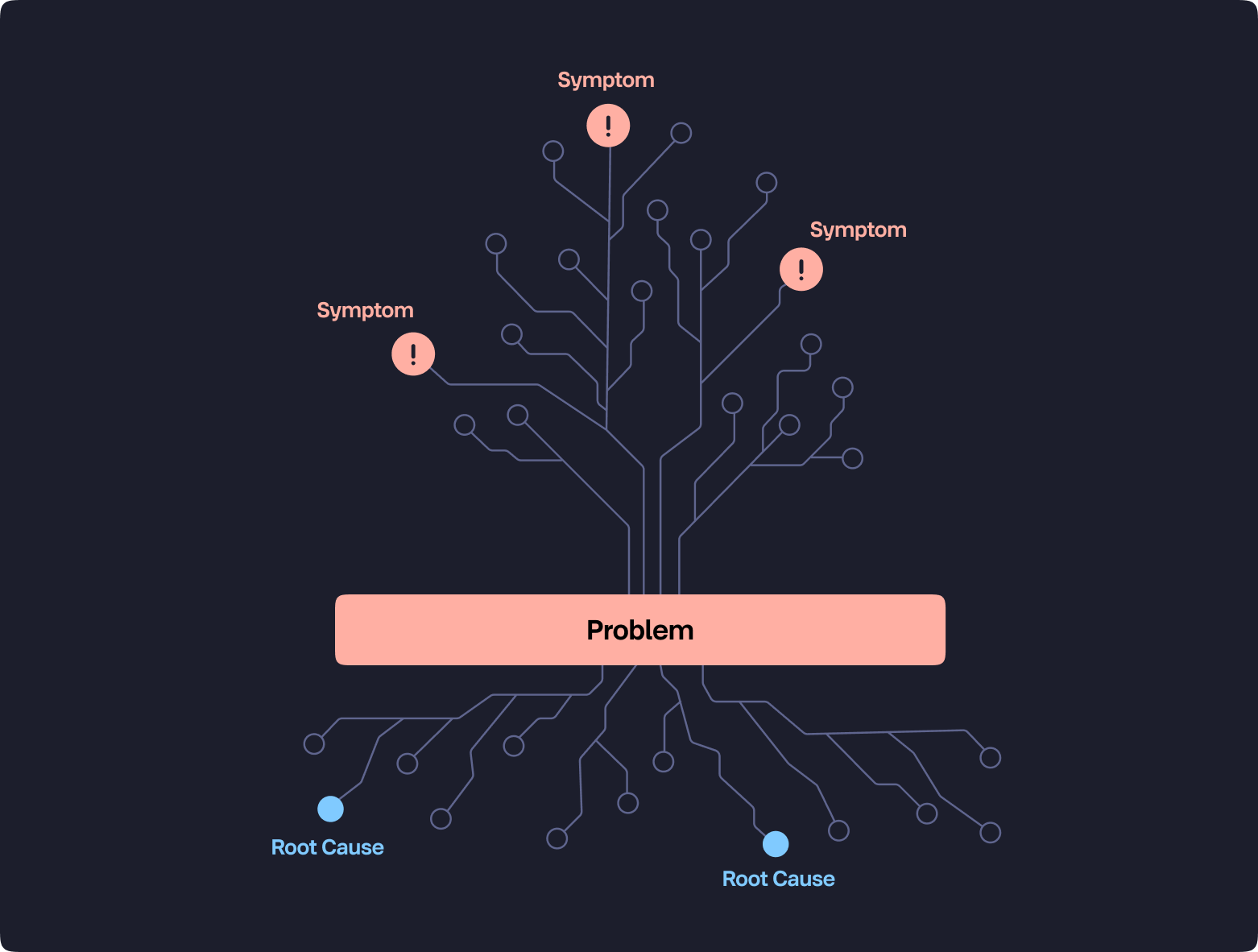
Check out our latest blog: "eBPF Decoded: Use Cases, Concepts, and Architecture"
Learn More
Check out our latest blog: "eBPF Decoded: Use Cases, Concepts, and Architecture"
Learn More Blog
Blog

Founder & CEO
July 12, 2024
Greetings, For those of you new to the blog, I’d like to reintroduce myself.
I'm Venkatesh Radhakrishnan, the founder and CEO of KubeSense. Through my journey in the tech industry and my association with tech leaders of growing companies, I've witnessed firsthand the escalating costs associated with IT system observability—a challenge that is becoming increasingly pertinent for businesses across the globe. Let's explore the reasons behind escalating 'Observability Costs' and the often-hidden 'Observability Tax,' along with their implications. We'll also share insights and strategies to navigate this evolving landscape.
However, this necessity comes with a substantial and ever-increasing price tag. In the upcoming e-Book on Observability Tax, we will unravel the concept of Observability Tax, illuminating its escalating importance and the need for modern enterprises to confront it directly. Additionally, we will discuss the reasons behind the ever-rising costs and provide strategies for sustainable growth.
According to CDInsights, a significant percentage of companies report that their observability data is increasing at a concerning rate, which also directly impacts the cost of data management and storage. This growth in data volume necessitates more efficient data management strategies to curb costs.

Technological Complexity and Cost Implications
In our era of digital proliferation, the complexity of IT systems has skyrocketed, leading to a parallel increase in observability costs. Advanced tools and technologies, such as eBPF and AI, are now at the forefront of streamlining these systems, offering cost-effective solutions while enhancing efficiency. For instance, AI's role in observability increasingly focuses on time and cost savings, automating routine processes to free up human resources for strategic endeavors. Additionally, AI brings extraordinary value through features such as AI Root Cause Analysis (AI RCA) and AI Alert Analytics.
CDInsights highlights companies leveraging AI and automation for observability report shorter breach lifecycle times and significant cost savings, demonstrating the financial and operational benefits of integrating advanced technologies into observability strategies.
Real-Life Examples of Escalating Costs
Industries across the board are feeling the pinch, with 52% of companies actively seeking better visibility into monitoring costs—a significant jump from the previous year's 36%. The need for effective data management and cost adaptation is more crucial than ever, with organizations striving for a balance that supports growth without compromising on system integrity.

Balancing Act Between Performance and Cost
The financial strain of high observability costs can stifle a company's agility and efficiency. Companies are now employing FinOps practices to better align their cloud investments with financial accountability, aiming to bridge the gap between operational costs and resource utilization.
According to The New Stack, as the volume of data generated by organizations continues to grow, so does the complexity of managing it. This can lead to increased costs and challenges in ensuring efficient system performance. The push for more effective data management strategies is becoming more crucial as companies aim to prevent data overload from impacting their operational efficiency and budget.
KubeSense's Approach to Cost-Effective Observability
At KubeSense, we prioritize optimizing observability infrastructure, balancing cost with efficiency. Our strategy involves leveraging AI-driven analytics, OS-native solution and cloud-native tools, aiming to reduce overhead while ensuring comprehensive monitoring.
Many organizations struggle with using multiple tools to monitor their IT systems, leading to increased complexity and higher operational costs. According to CDInsights a significant percentage of IT professionals emphasize the need for fewer, more integrated tools to achieve a unified view of system health. KubeSense addresses this challenge by providing end-to-end observability, including L3 and L4 network-level visibility, which helps troubleshoot network performance issues more efficiently along application and infrastructure metrics.

Innovative Solutions for Modern Challenges
Our focus extends to AI-enhanced tools that automate and streamline monitoring processes, alongside efficient data management strategies to minimize storage and processing overheads. The evolving landscape of observability also points towards a convergence of security and operational insights, offering a unified approach to system management at an acceptable cost.
The journey through the complex terrain of IT system observability is fraught with challenges but also ripe with opportunities for innovation and efficiency. By adopting a strategic approach and leveraging cutting-edge solutions like eBPF, AI and DevOps LLMs, businesses can navigate the observability landscape with agility and foresight in a cost effective manner.
We invite you to delve deeper into the realm of observability and discover ways to efficiently manage its costs by subscribing to our newsletter. You'll also receive priority access to our upcoming eBook, "Demystifying Observability Tax," along with exciting insights into observability cost savings. This will help you identify the actual problems and address them directly, rather than merely treating the symptoms.

Stay tuned! Next, we’ll explore hidden observability costs, the means to identify them, and solutions to reduce these unwanted expenses by 90% in our eBook, "Demystifying Observability Tax." Meanwhile, if you would like to learn more about how KubeSense can help achieve significant observability cost savings, book a one-on-one session with our team here.

Tags